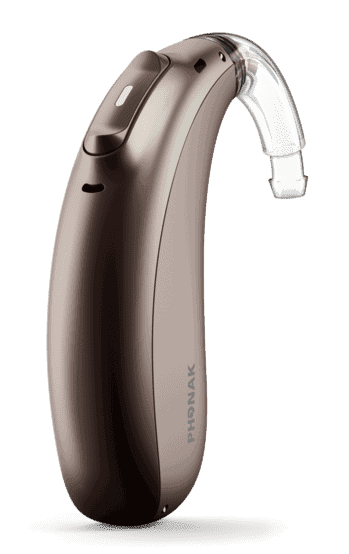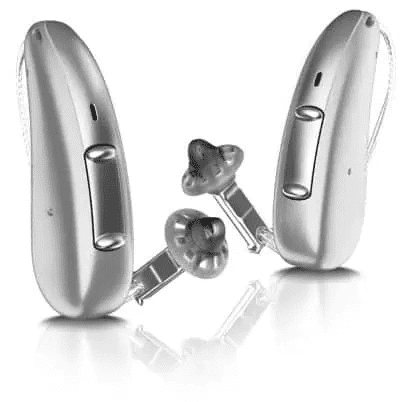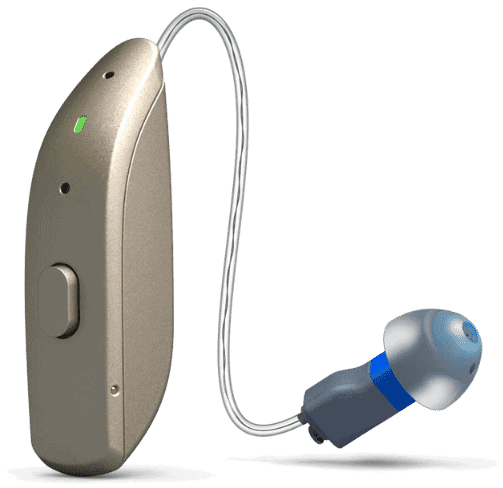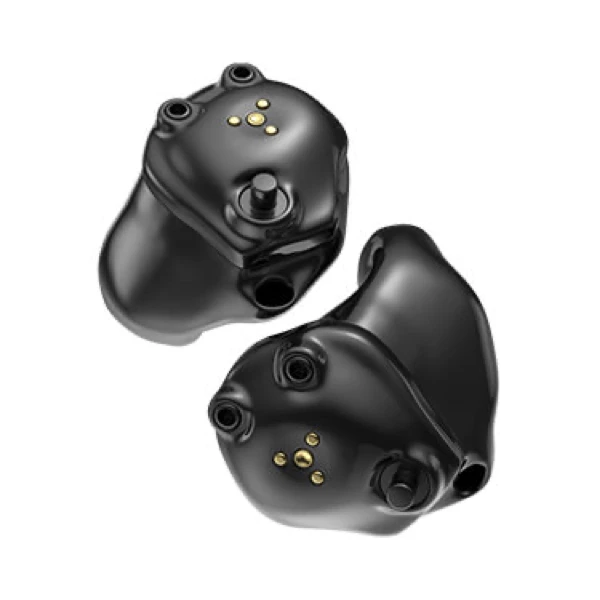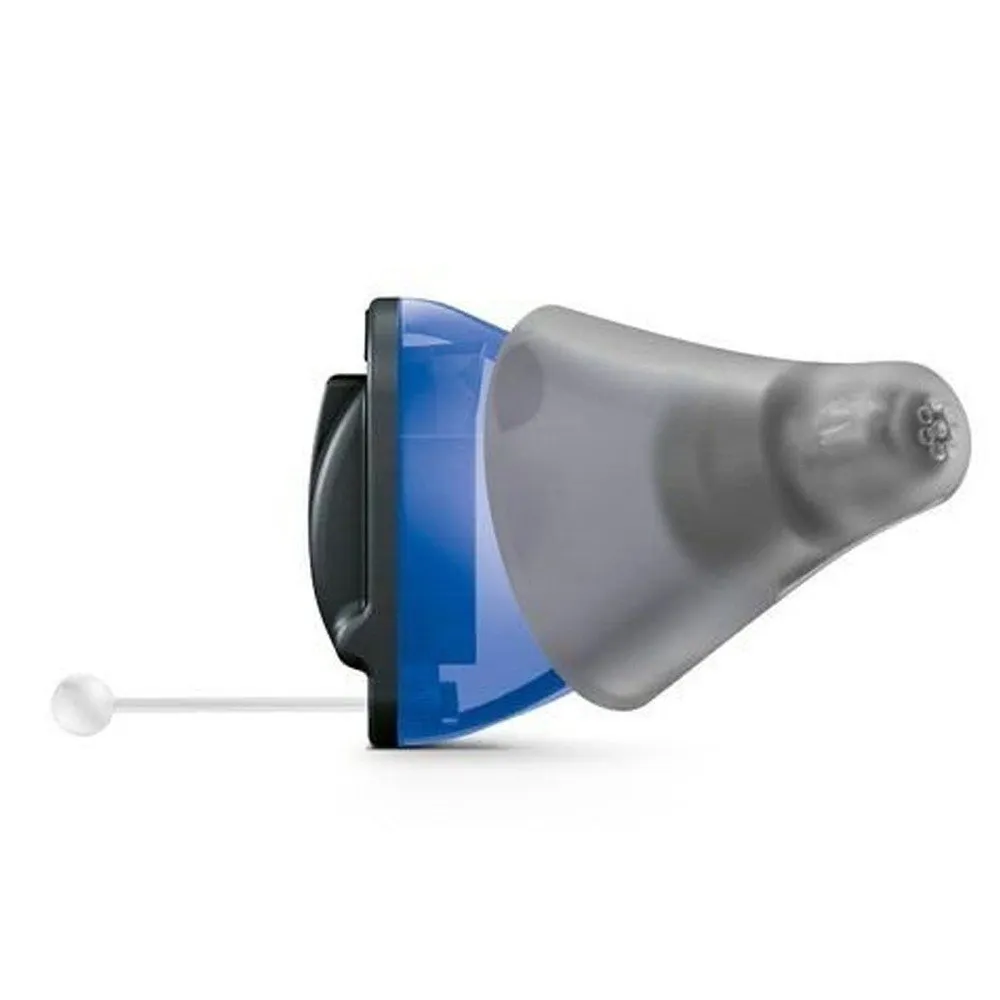Book a Free Hearing Aid Test & Trial
🏥 Clinics in Imphal
We Served 2,00,000+ Customer Across India
🏥 75+
Clinics
✨15+
Years Experience
👩⚕️100+
Audiologists

Introduction
Choosing the right hearing aid design is an important decision for individuals with hearing loss. Two popular options are invisible hearing aids, which sit inside the ear canal, and behind-the-ear (BTE) hearing aids, which rest behind the ear. Each design has its own set of pros and cons, and understanding these differences can help individuals make an informed choice that meets their hearing needs and lifestyle preferences.
Invisible Hearing Aids:
Pros:
Cosmetic Appeal: Invisible hearing aids are virtually invisible when worn, making them a popular choice for individuals who value discretion.
Natural Sound Quality: Placing the hearing aid deep inside the ear canal can provide a more natural sound quality, as the device uses the ear’s natural anatomy to amplify sound.
Comfort: Since invisible hearing aids are custom-molded to fit the individual’s ear canal, they can be comfortable to wear for extended periods.
Less Wind Noise: The placement of invisible hearing aids inside the ear canal can reduce wind noise compared to BTE hearing aids.
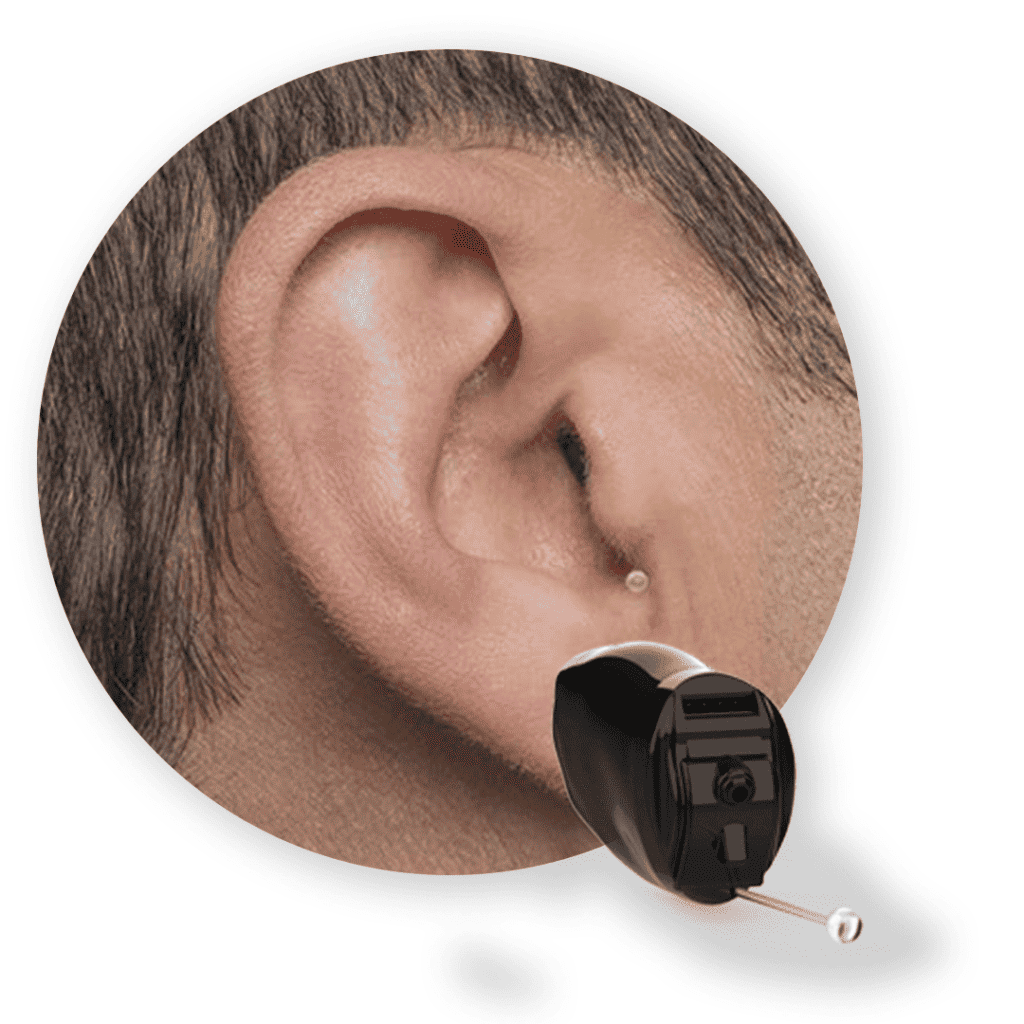
Cons:
Size Limitations: Due to their small size, invisible hearing aids may not have as many features or as much power as larger BTE hearing aids.
Maintenance Challenges: The small size of invisible hearing aids can make them more challenging to clean and maintain.
Battery Life: The smaller size of invisible hearing aids typically means a smaller battery, which may have a shorter lifespan than the larger batteries used in BTE hearing aids.
Behind-the-Ear Hearing Aids:
Pros:
Versatility: BTE hearing aids are suitable for individuals with mild to profound hearing loss and can accommodate a wide range of hearing needs.
Features: BTE hearing aids often have more features and customization options, such as telecoil technology and Bluetooth connectivity.
Ease of Use: The larger size of BTE hearing aids can make them easier to handle, insert, and remove, especially for individuals with dexterity issues.
Longer Battery Life: BTE hearing aids typically use larger batteries, which can provide longer battery life compared to smaller hearing aid designs.
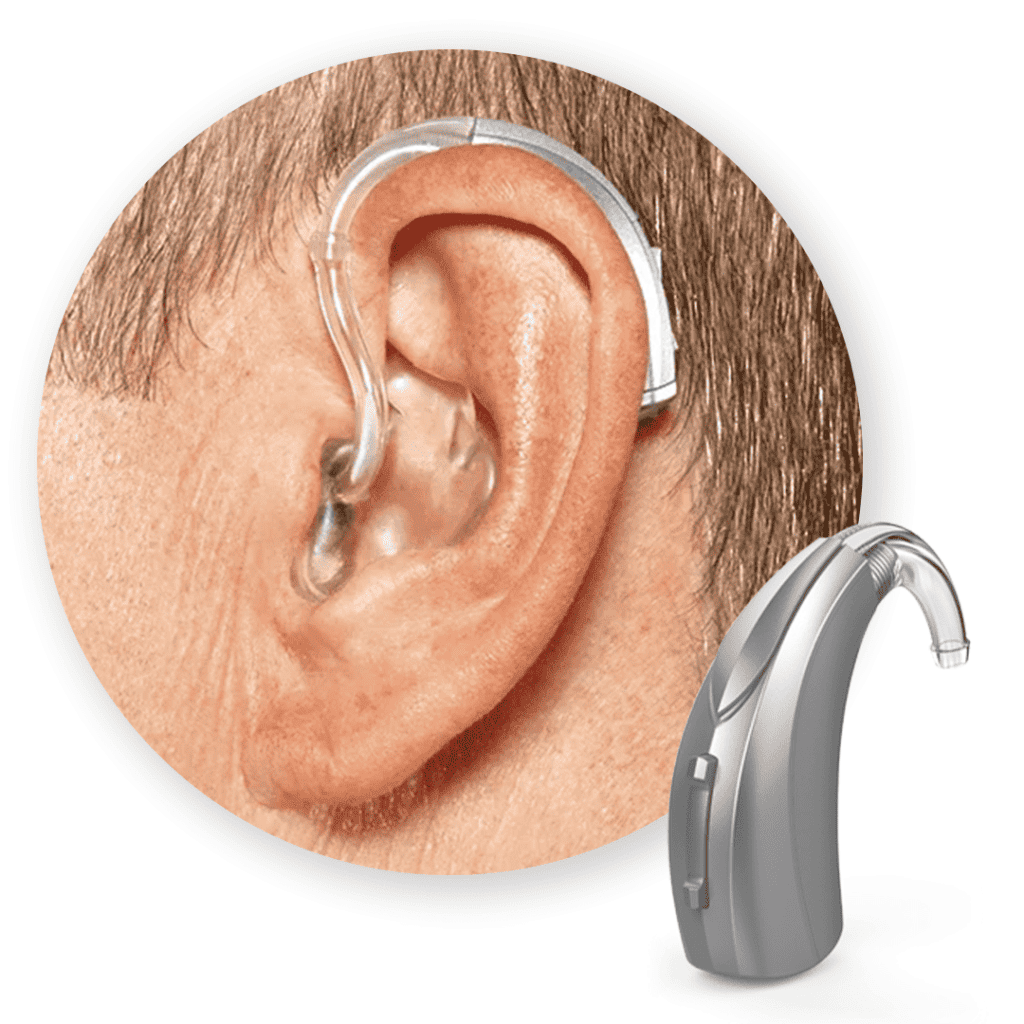
Cons:
Visibility: While modern BTE hearing aids are smaller and less conspicuous than older models, they are still visible when worn.
Potential for Feedback: BTE hearing aids can be more prone to feedback (whistling) due to their placement behind the ear.
Comfort: Some individuals may find BTE hearing aids less comfortable, especially in hot or humid weather, as they can be more prone to moisture buildup.
Additional Considerations for Choosing the Right Hearing Aid Design:
- Cost: The cost of hearing aids can vary depending on the type and brand. Generally, invisible hearing aids tend to be more expensive than BTE hearing aids due to their advanced technology and custom fitting. However, BTE hearing aids may require more frequent maintenance and replacement of parts, which can add to their long-term cost.
- Lifestyle and Activities: Consider your lifestyle and the activities you engage in regularly. For individuals with active lifestyles or who participate in sports, BTE hearing aids may be more suitable due to their secure fit and durability. On the other hand, if you value discretion and prefer a hearing aid that is barely noticeable, invisible hearing aids may be the better choice.
- Degree of Hearing Loss: The degree of your hearing loss can also influence the choice of hearing aid design. BTE hearing aids are more versatile and can accommodate a wider range of hearing loss, including severe to profound loss. Invisible hearing aids are typically suitable for mild to moderate hearing loss.
- Ease of Use: Consider how easy the hearing aids are to use and adjust. BTE hearing aids may be easier to handle and adjust due to their larger size and external controls. Invisible hearing aids, being smaller and more discreet, may require more dexterity to insert and adjust.
- Compatibility with Accessories: If you use accessories such as remote controls, Bluetooth streamers, or smartphone apps to control your hearing aids, consider the compatibility of these accessories with the hearing aid design you choose. BTE hearing aids often have more connectivity options and compatibility with accessories compared to invisible hearing aids.
- Comfort and Fit: Comfort is an important factor when choosing a hearing aid. While both invisible and BTE hearing aids can be comfortable when properly fitted, individuals with smaller ear canals or sensitivity to ear canal occlusion may find invisible hearing aids uncomfortable. BTE hearing aids, being worn behind the ear, may be more comfortable for some individuals.
- Feedback Management: Feedback (whistling) can be a common issue with hearing aids, particularly with BTE designs. Newer BTE hearing aids incorporate advanced feedback management systems to reduce or eliminate feedback. Invisible hearing aids, being deeper in the ear canal, may be less prone to feedback.
- Durability and Maintenance: Consider the durability and maintenance requirements of each hearing aid design. BTE hearing aids, being larger and more exposed, may be more susceptible to damage from moisture and debris. Invisible hearing aids, being smaller and more protected, may require less maintenance but may be more challenging to clean due to their size.
Conclusion:
Choosing the right hearing aid design is a personal decision that should take into account your hearing needs, lifestyle, preferences, and budget. Both invisible and behind-the-ear hearing aids offer unique advantages and considerations, and consulting with a hearing healthcare professional can help you make an informed decision. By considering factors such as cost, lifestyle, degree of hearing loss, ease of use, compatibility with accessories, comfort, feedback management, and durability, you can choose a hearing aid design that best meets your needs and enhances your quality of life.
FAQs:
Q1: Are invisible hearing aids more expensive than BTE hearing aids?
Yes, generally, invisible hearing aids tend to be more expensive than BTE hearing aids. This is due to their advanced technology and custom fitting.
Q2: Do invisible hearing aids provide better sound quality than BTE hearing aids?
The sound quality of a hearing aid is not solely determined by its design. Both invisible and BTE hearing aids can provide excellent sound quality, but the specific features and technology of each model can impact the overall sound experience.
Q3: Which hearing aid design is more comfortable to wear?
Comfort is subjective and can vary from person to person. Some individuals find invisible hearing aids more comfortable due to their custom-molded fit, while others prefer the fit and feel of BTE hearing aids.
Q4: Can BTE hearing aids accommodate a wider range of hearing loss compared to invisible hearing aids?
Yes, BTE hearing aids are more versatile and can accommodate a wider range of hearing loss, including severe to profound loss. Invisible hearing aids are typically suitable for mild to moderate hearing loss.
Q5: Do invisible hearing aids require more maintenance than BTE hearing aids?
Both types of hearing aids require regular maintenance to ensure optimal performance. However, invisible hearing aids may require more care due to their smaller size and custom fit. It’s important to follow the manufacturer’s guidelines for cleaning and maintenance for both types of hearing aids.


